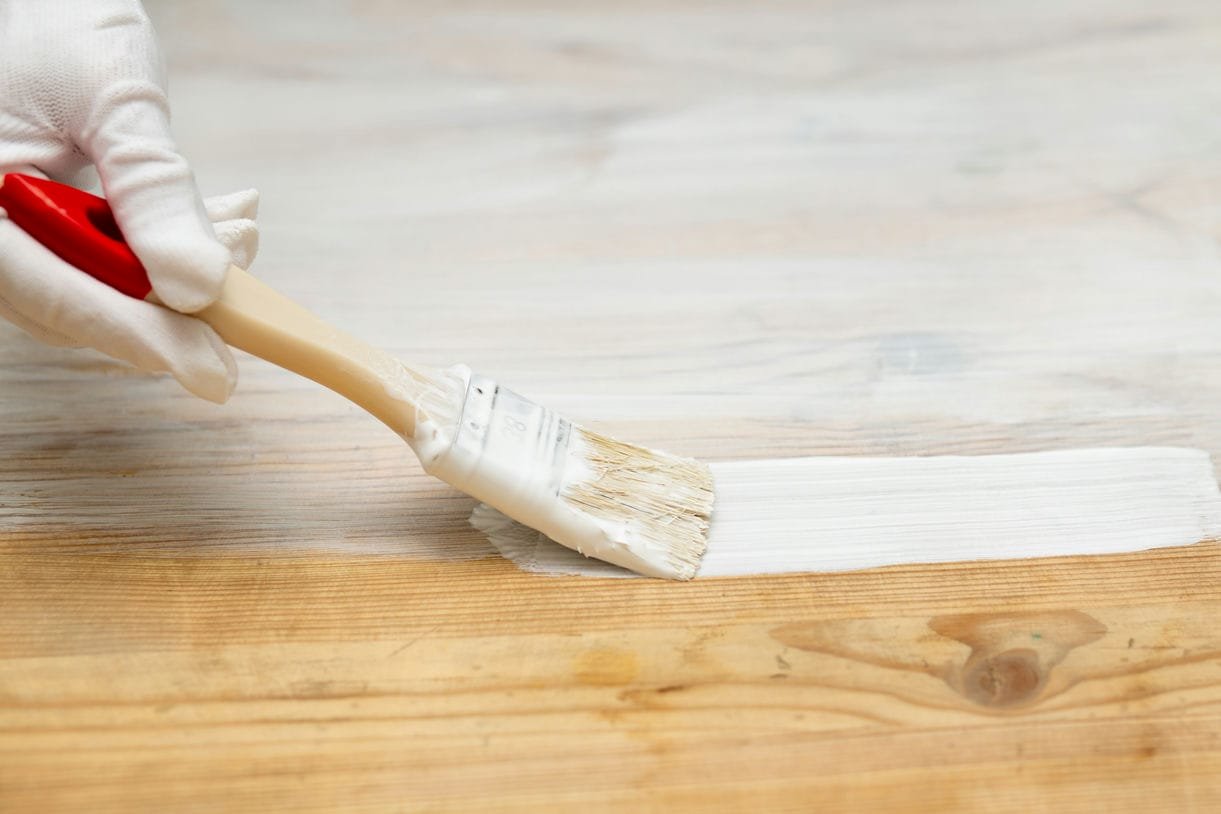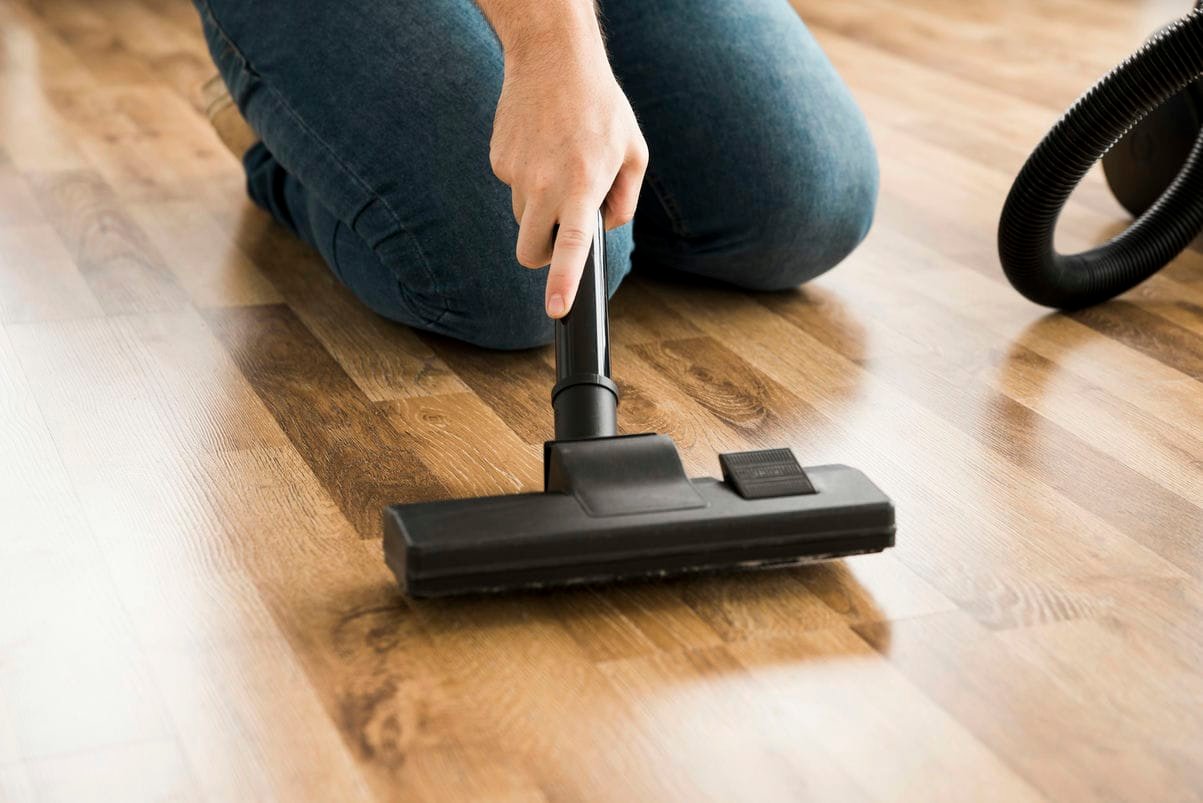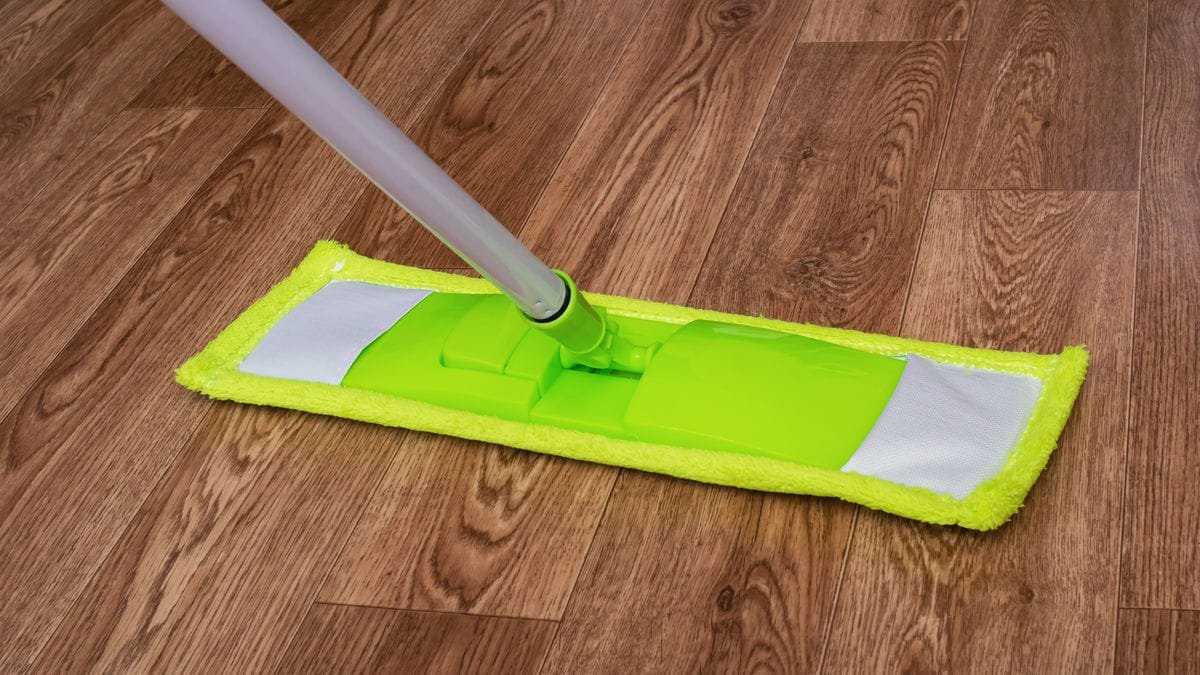Hardwood floors are a beautiful and timeless addition to any home, but they can be a real challenge to maintain when paint gets spilled or splattered on them. Whether it’s from a DIY project gone wrong or an accidental drip, dealing with paint on hardwood can be a frustrating experience.
However, with the right techniques and products, you can effectively remove paint from your hardwood floors and restore them to their former glory. In this guide, we’ll walk you through the step-by-step process of removing different types of paint from your hardwood floors, as well as provide some helpful tips and tricks to ensure a successful outcome.
Table of Contents
Identifying the Type of Paint
The first step in removing paint from hardwood floors is to determine the type of paint you’re dealing with. This is important because the cleaning method you’ll use will depend on whether the paint is water-based or oil-based.
Water-Based Paint Water-based paints, also known as latex paints, are the most common type of paint used in homes. They are generally easier to clean up than oil-based paints, as they can be removed with a simple solution of warm water and dish soap.
Oil-Based Paint Oil-based paints, on the other hand, can be more challenging to remove from hardwood floors. These paints are typically more durable and long-lasting, but they also require more specialized cleaning products and techniques to effectively remove them.
Removing Water-Based Paint from Hardwood Floors
If you’re dealing with a water-based paint spill on your hardwood floors, follow these steps:
- Blot the Spill: Immediately blot the paint spill with a clean, dry cloth or paper towel to absorb as much of the paint as possible.
- Create a Cleaning Solution: Mix a few drops of dish soap with warm water in a bucket or spray bottle. The solution should be just slightly soapy, as too much soap can leave a residue on the floor.
- Scrub the Area: Using a dampened microfiber cloth or sponge, gently scrub the paint stain following the direction of the wood grain. Avoid scrubbing too vigorously, as this can damage the floor’s finish.
- Use a Plastic Scraper: For any stubborn paint spots, use a plastic scraper or putty knife to gently lift and remove the paint. Be careful not to scratch the hardwood surface.
- Rinse and Dry: Once the paint has been removed, rinse the area with clean water and dry it thoroughly with a clean, dry cloth or paper towel.
- Apply a Wood Floor Cleaner: As a final step, apply a wood floor cleaner or conditioner to the affected area to help restore the floor’s luster and protect the finish.
Read more: Fixing Squeaky Hardwood Floors: A Comprehensive Guide
Removing Oil-Based Paint from Hardwood Floors
Removing oil-based paint from hardwood floors can be a bit more challenging, but with the right approach, you can get the job done effectively. Here’s how:
- Blot the Spill: As with water-based paint, start by blotting the paint spill with a clean, dry cloth or paper towel to absorb as much of the paint as possible.
- Use Rubbing Alcohol and Lemon Juice: Mix equal parts rubbing alcohol and lemon juice in a spray bottle. Spray the solution directly onto the paint stain and let it sit for a few minutes to help break down the paint.
- Scrub the Area: Using a clean, dampened microfiber cloth or sponge, gently scrub the paint stain following the direction of the wood grain. You may need to apply a bit more elbow grease than with water-based paint.
- Try Mineral Spirits: If the rubbing alcohol and lemon juice solution doesn’t work, you can try using mineral spirits. Apply a small amount to a clean cloth and gently rub the paint stain. Be sure to work in a well-ventilated area and test the mineral spirits on a small, inconspicuous area first to ensure it doesn’t damage the floor’s finish.
- Rinse and Dry: Once the paint has been removed, rinse the area with clean water and dry it thoroughly with a clean, dry cloth or paper towel.
- Apply a Wood Floor Cleaner: As a final step, apply a wood floor cleaner or conditioner to the affected area to help restore the floor’s luster and protect the finish.
Note: When working with solvents like mineral spirits, ensure proper ventilation and follow all safety precautions. Wear gloves and work in a well-ventilated area to avoid exposure to harmful fumes.
Tips and Tricks
Here are some additional tips and tricks to help you successfully remove paint from your hardwood floors:
Test First: Always test any cleaning solution or method on a small, inconspicuous area of the floor first to ensure it doesn’t damage the finish.
Work Quickly: The sooner you can address a paint spill, the easier it will be to remove. The longer the paint sits, the more it can penetrate and stain the wood.
Use Protective Gear: When working with solvents like mineral spirits, be sure to wear gloves and work in a well-ventilated area to avoid exposure.
Avoid Abrasive Scrubbers: Steer clear of abrasive scrubbing pads or steel wool, as these can scratch and damage the hardwood surface.
Consider Professional Help: If the paint stain is particularly stubborn or you’re unsure of the best approach, it may be worth considering hiring a professional floor cleaning service to handle the job.
Preventing Future Paint Spills
Of course, the best way to deal with paint on hardwood floors is to prevent it from happening in the first place. Here are some tips to help you avoid paint spills and splatters:
- Cover the Floor: When tackling a painting project, be sure to cover the floor with a drop cloth or plastic sheeting to catch any drips or splatters.
- Use Painter’s Tape: Apply painter’s tape along the baseboards and edges of the room to create a clean, defined painting area.
- Work Carefully: Take your time and work slowly and carefully to minimize the risk of accidental paint spills.
- Clean Up Immediately: If a paint spill does occur, address it right away before it has a chance to set in and become more difficult to remove.
By following these tips and techniques, you can effectively remove paint from your hardwood floors and keep them looking their best for years to come.
Conclusion
Removing paint from hardwood floors can be a challenging task, but with the right techniques and a bit of elbow grease, you can restore your floors to their former beauty. Remember to identify the paint type, use the appropriate cleaning methods, and take preventive measures to avoid future paint-related issues.
By following the steps outlined in this guide, you’ll be well on your way to a successful paint removal process, ensuring your hardwood floors remain a stunning and durable feature in your home.
MKE Bathroom Remodeling offers expert hardwood flooring installation and refinishing services in Milwaukee. They have a wide range of domestic and exotic hardwood species to choose from, including oak, maple, cherry, and bamboo. Their team ensures a seamless installation process and provides eco-friendly options for homeowners who prioritize sustainability. They also offer a warranty to guarantee the quality of their work.




